
"<p>"Cucumber" has become a symbol of London, in the City there will be more skyscrapers</p>"
Source
Stanislav Mundil
Stanislav Mundil
Publisher
ČTK
06.11.2010 00:30
ČTK
06.11.2010 00:30
United Kingdom
London
Lord Norman Foster
Richard Rogers
Rafael Viñoly
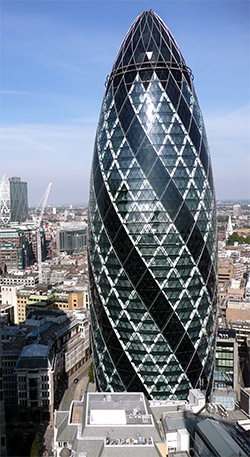 |
The skyscraper was designed by the renowned English architect Norman Foster in the heart of the financial district of the City, on the site of the historic Baltic Exchange, whose building was irreparably damaged by a terrorist attack by the Irish Republican Army in 1992.
The building, standing at 180 meters, is the eighth tallest structure in London. However, most taller skyscrapers are in the new district of Canary Wharf in the former docks. In the City itself, that is, in the center of the British capital, it is only surpassed by Tower 42 from 1980 by three meters. The still unfinished Heron Tower reaches 202 meters.
Height, however, was not the only problem for critics of the new structure. Its unorthodox rounded lines earned it the nickname Gherkin in English, which has effectively become the official name of the skyscraper. Nicknames suggesting its somewhat phallic shape did not catch on.
As expected, the Gherkin and the construction of skyscrapers in the city center have provoked the heir to the throne, Prince Charles, who is a traditionalist on architectural matters and seeks to intervene in these issues. According to him, high-rise buildings should be concentrated in Canary Wharf because they damage the city's skyline in the center.
However, after its opening in 2004, the Gherkin won the prestigious Stirling Prize and became one of the symbols of modern London and British prosperity in the first decade of the 21st century. The Swiss Re insurance company sold the building in February 2007 to a consortium of real estate firms for 630 million pounds, the highest amount ever paid for an office building in Britain.
Its surface consists of 24,000 square meters of glass, which is roughly the same as five football fields. At the top of the skyscraper is the highest bar and restaurant in London. However, only the building tenants or members of a local club, which costs nearly 1,000 pounds a year to join, can go there. Additionally, they can use private dining rooms one floor below or entertain their guests in the "Champagne Alley," a corridor around the building with a view of London.
Construction of similarly grand projects like the Gherkin was interrupted by the financial crisis, which peaked in the fall of 2008 and significantly impacted the City of London. But the crisis in the City is subsiding, and investors have revived the projects for two skyscrapers that will once again radically change the skyline of the British capital.
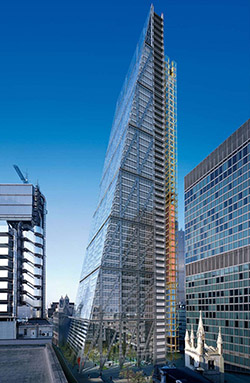 |
At the same time, a 160-meter skyscraper designed for the largest British development company, Land Securities, by Uruguayan architect Rafael Vinoly is expected to be completed in the City. It is vertically curved and resembles a walkie-talkie, hence it has begun to be nicknamed Walkie Talkie. In addition to offices, the highest floor of the building will house the highest public garden in London.
British media emphasize that the renewed construction projects indicate that investors are convinced that London's City will remain a global financial center even after the crisis. They therefore expect an increase in demand for office space over the next few years.
The English translation is powered by AI tool. Switch to Czech to view the original text source.
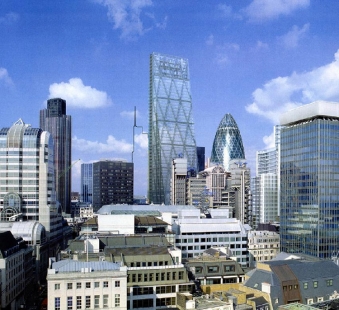
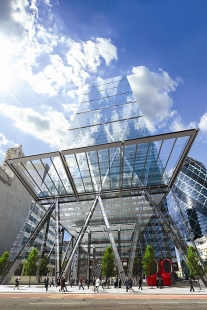
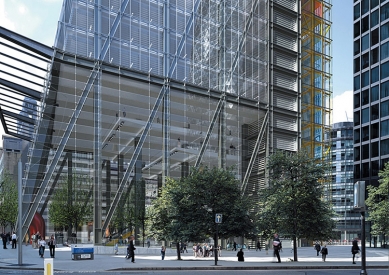
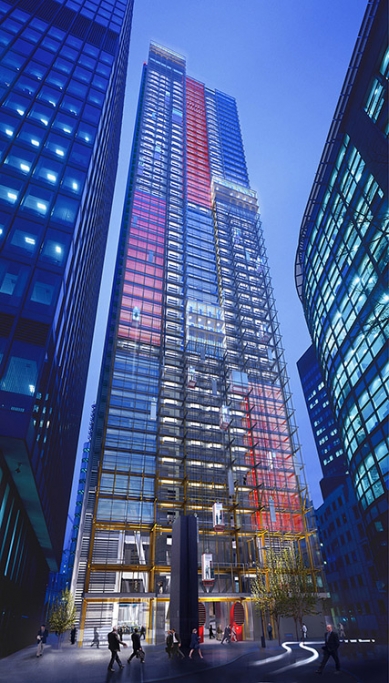
2 comments
add comment
Subject
Author
Date
Londyn a mrakodrapy
08.09.15 11:15
druhé kolo realitní bubliny
Tomáš Vích
08.09.15 02:14
show all comments











